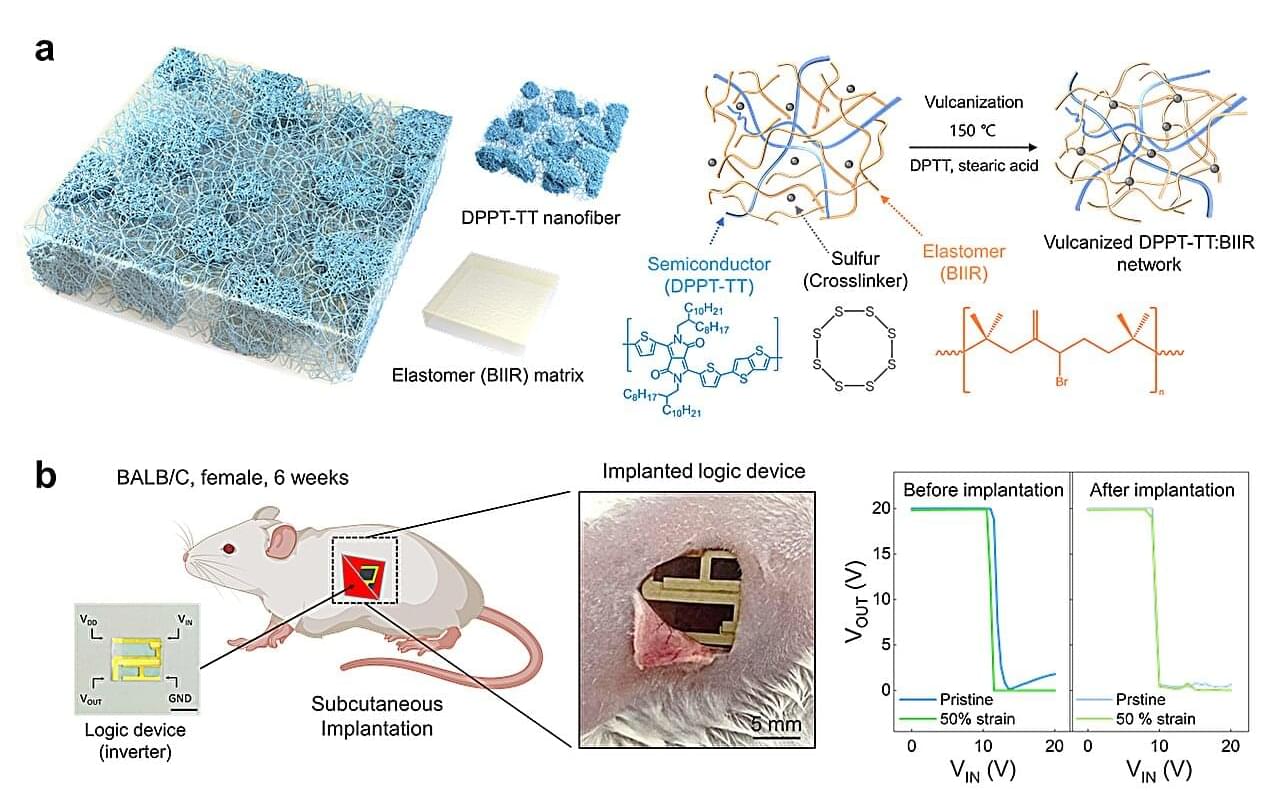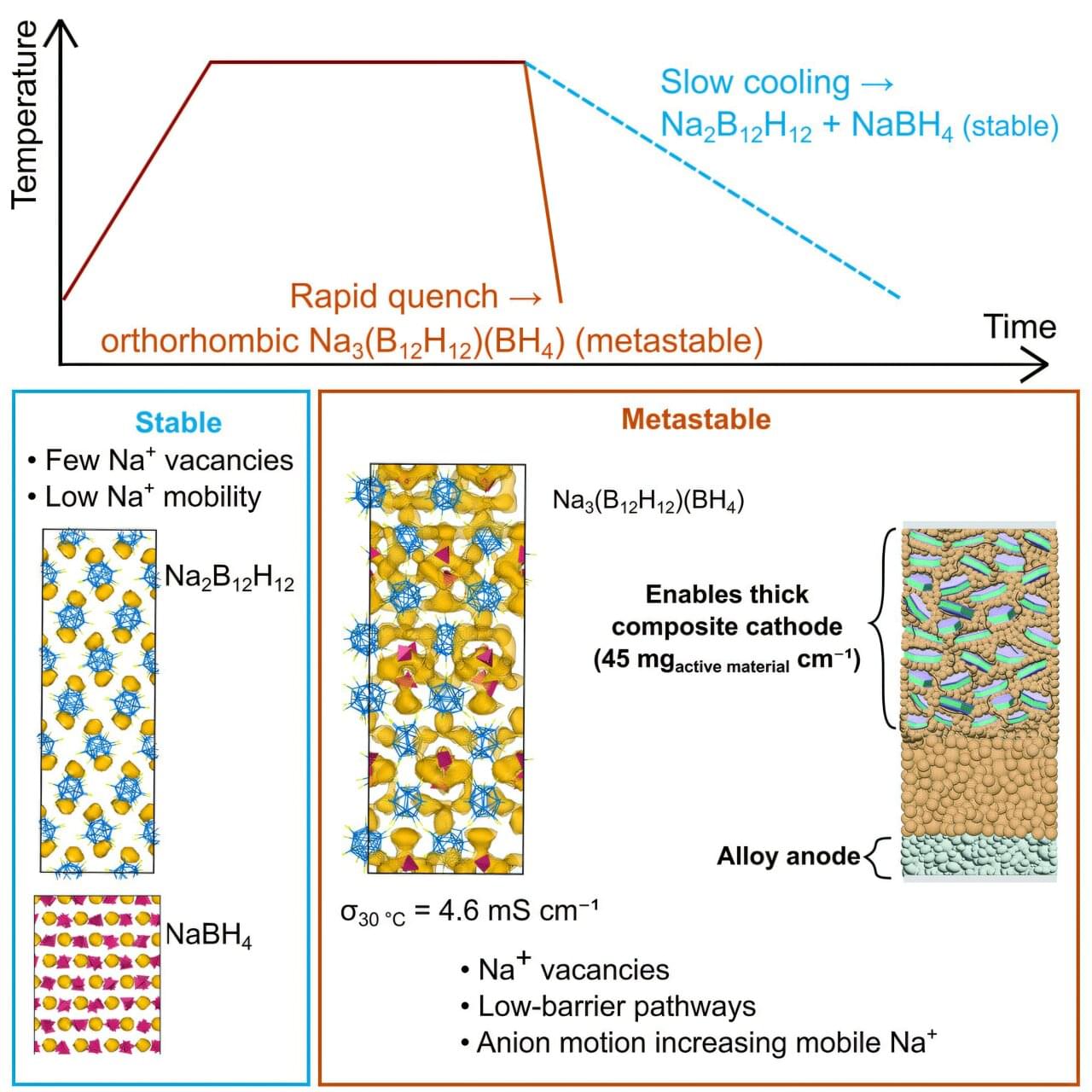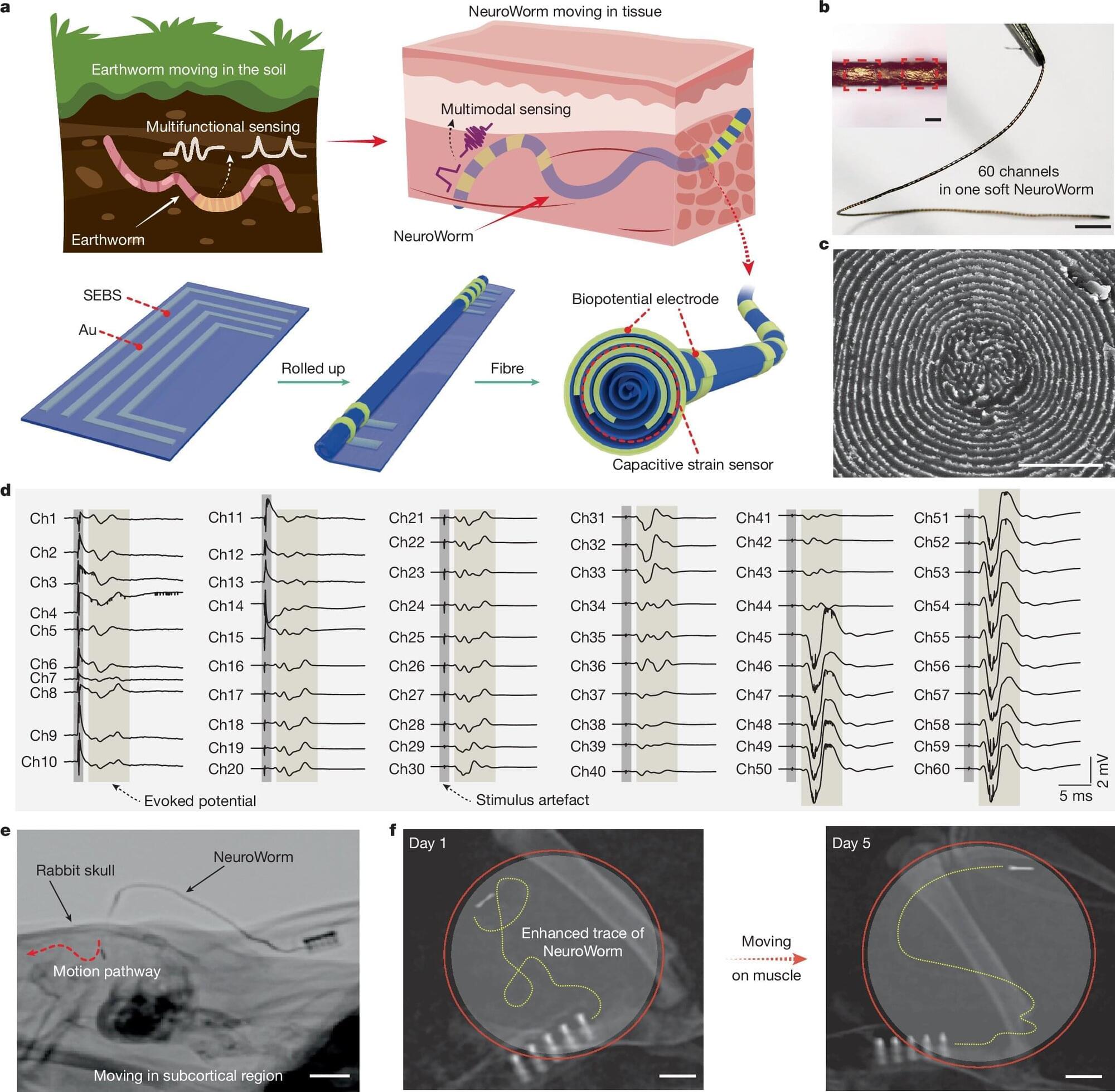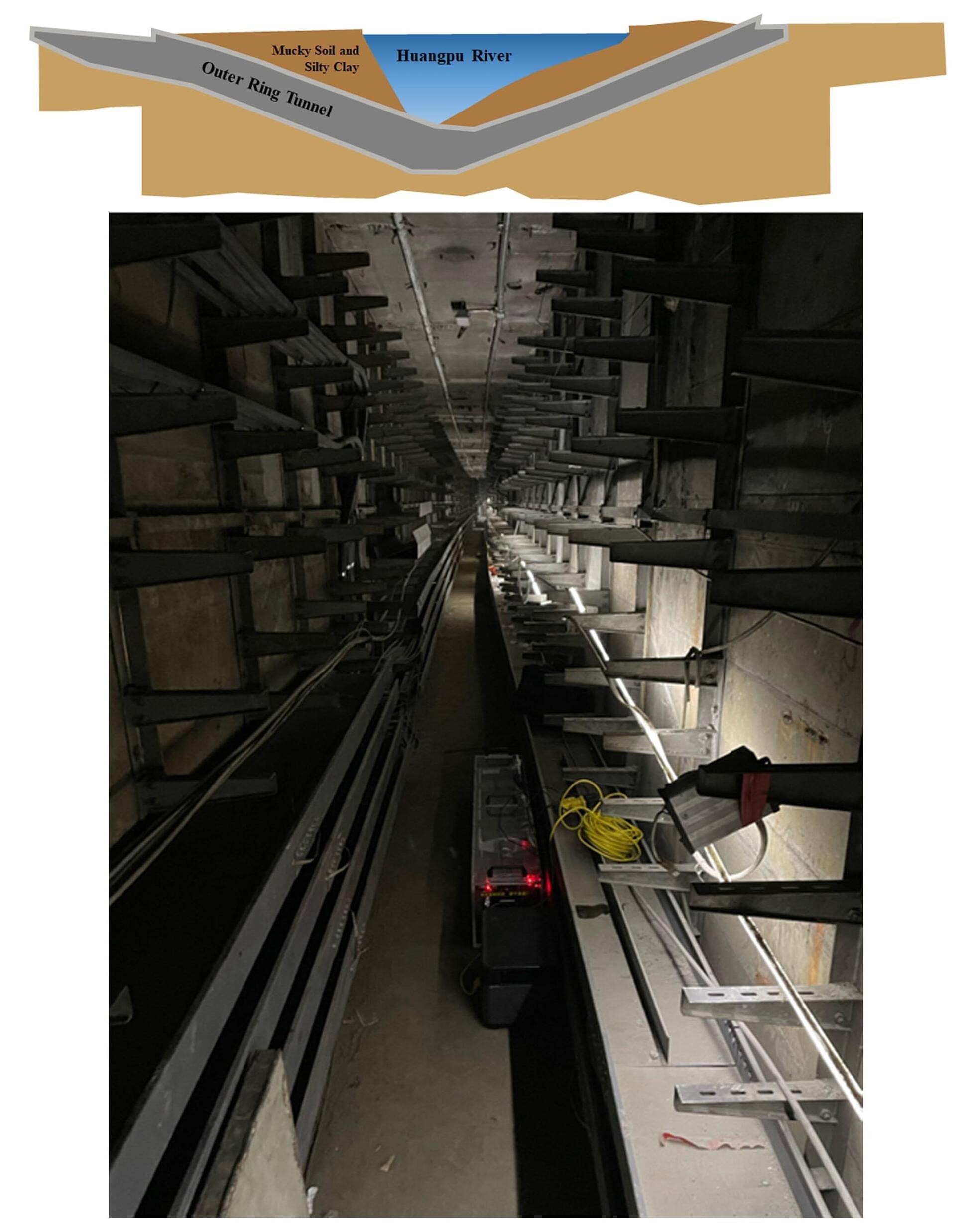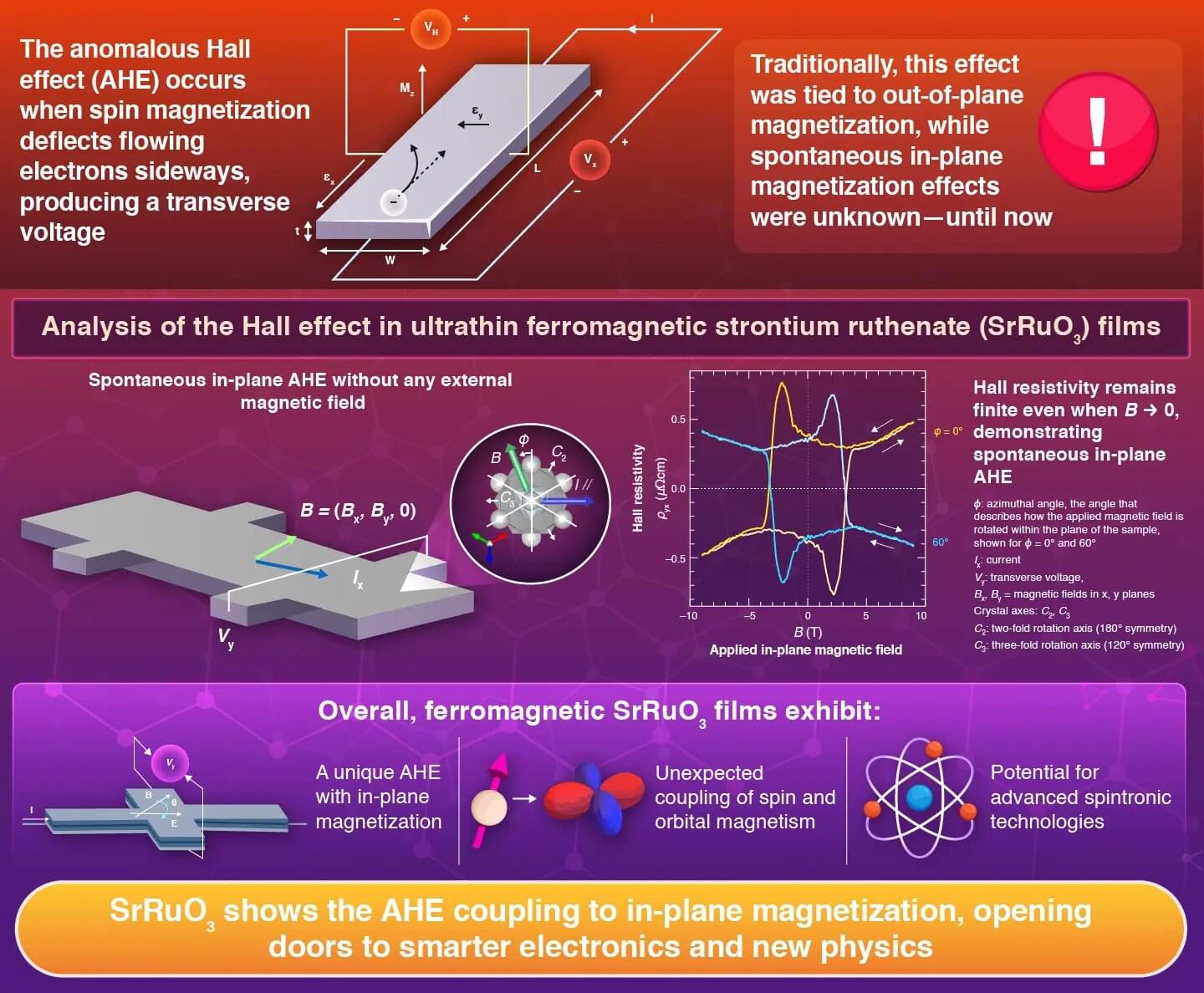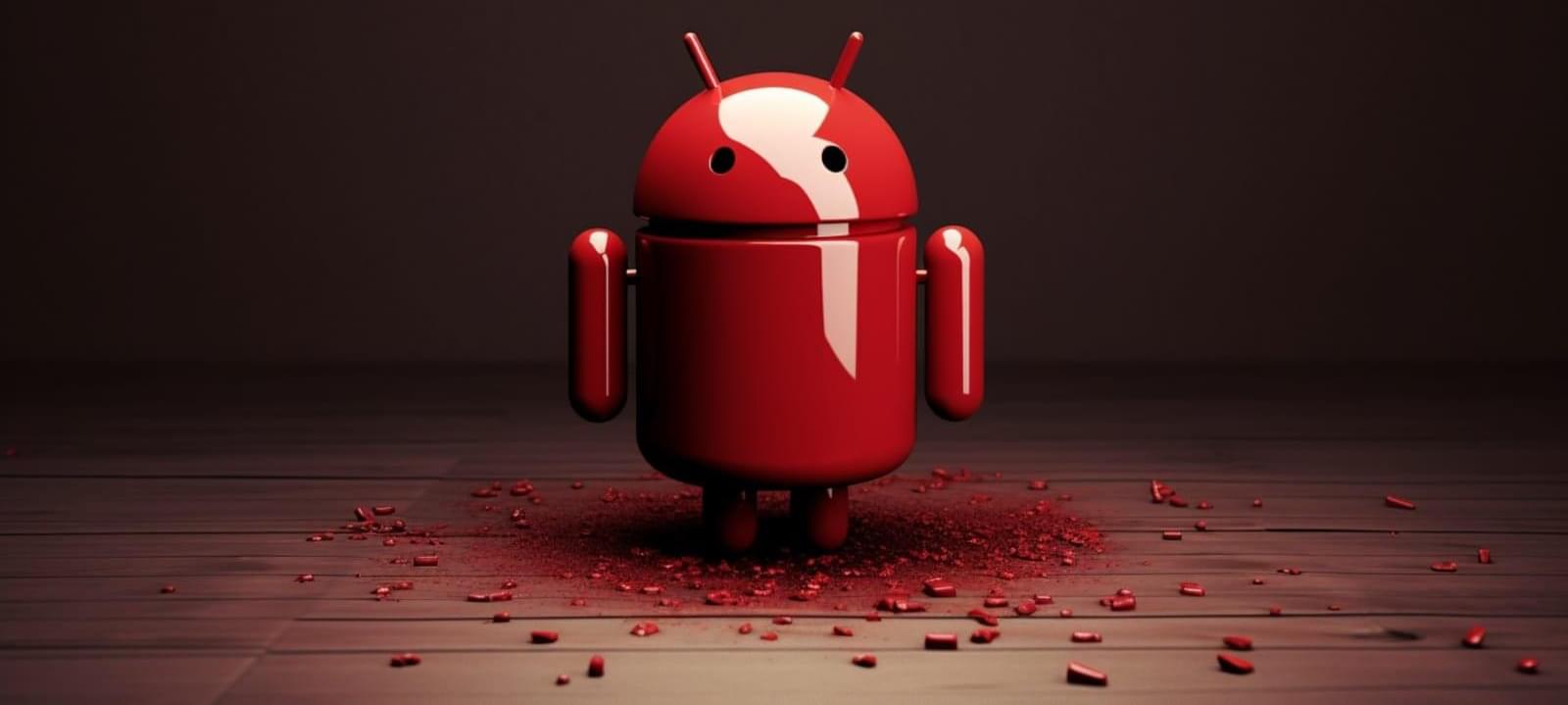Recent technological advances have opened new possibilities for the development of advanced biomedical devices that could be implanted inside the human body. These devices could be used to monitor biological signals that offer insight about the evolution of specific medical conditions or could even help to alter problematic physiological processes.
Despite their potential for the diagnosis and treatment of some conditions, most implantable devices developed to date are based on rigid electronic components. These components can damage tissue inside the body or cause inflammation.
Some electronics engineers have been trying to develop alternative implantable electronics that are based on soft and stretchable materials, such as polymers. However, most known polymers and elastic materials are not biocompatible, which means that they can provoke immune responses and adversely affect the growth of cells.
